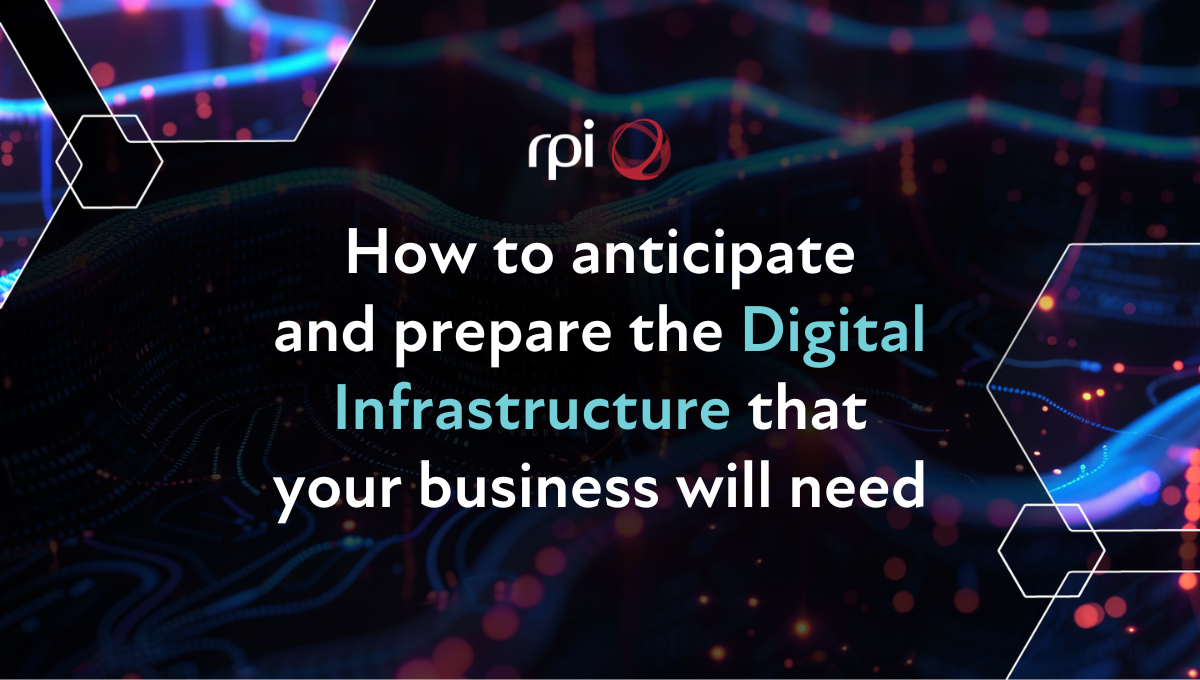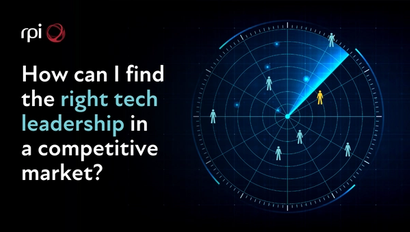Digital infrastructure refers to hardware and software systems that allow private and public institutions to operate. Traditional infrastructure includes roads, bridges, tunnels, tracks and power grids, while digital infrastructure is made up of software, internet connectivity, data, devices, security and cloud capabilities.
Traditional municipal infrastructure enables societies to function on a day-to-day basis. Your digital infrastructure basically does the same for your operations. At a higher level of capacity, it enables smooth and efficient operations, and at its most sophisticated, your digital infrastructure can give you the operational edge you need over your competitors.
So, what are the important pieces of digital infrastructure for your business in 2024 and beyond, and how can you make sure yours is operating at its highest level? Let’s take a closer look.
What Digital Infrastructure does your business need?
The top three digital infrastructure components include:
- Edge Computing
- Internet of Things (IoT)
- AI
Edge computing
Traditional bandwidth and latency can’t (or soon won’t be able to) handle the volume of data that is (and will be) generated. Projections put the amount of data generated at 181 Zettabytes by 2025.
Edge computing is a form of data architecture in which data storage and computation are closer to the point of data generation, rather than at a central data centre.
A Cisco-Gartner survey found that 27% of IT architects have already implemented edge computing, and 54% find the concept interesting enough to explore.
Internet of Things (IoT)
By 2025, there will be around 55.7 billion IoT devices, generating 80 billion zettabytes of data. Supporting all of that data and processing it in a timely and meaningful way will take significant infrastructure investment and development.
AI
AI is the subject of much discussion and has become the focus of business strategies across the globe. Here are a few statistics:
- 85% of businesses intend to use it in IT operations.
- 81% will integrate AI into cyber security.
- 79% plan to apply it to customer experience.
However, despite businesses’ enthusiasm to embrace AI tools, 42% of IT leaders don’t think their infrastructure can accommodate it. The vital pieces of that infrastructure include:
Security: AI evolves constantly, along with its threats and weaknesses. Because AI multiplies its inputs, attacks can become serious very quickly.
Storage: AI uses and generates so much data that traditional storage won’t be enough. Infrastructure like cloud storage is far better able to handle and accommodate growing data volumes.
What are your biggest digital infrastructure challenges?
Implementing the digital infrastructure you need presents a few crucial challenges, including:
- Sustainability
- Security
- Change Fatigue
- Talent
Sustainability
The electricity consumption of global data centres in 2022 was 240-340 TWh, which is similar to theUK’s total electricity demand.
All the innovations in and around digital infrastructure require more data and processing power, resulting in higher emissions. Unless your power is 100% renewable, you will (indirectly) pollute more as your infrastructure evolves.
Water consumption is also a hidden environmental impact from digital infrastructure. A medium-sized data centre would expect to use 300,000 gallons of fresh water every day to keep its systems cool. That’s as much water as 100,000 homes usually consume.
You can expect scrutiny from legislators and customers in response to minimise the environmental impact of your digital activities.
Security (and privacy)
Approximately 80% of CIOs report that they plan to increase spending on cybersecurity.



